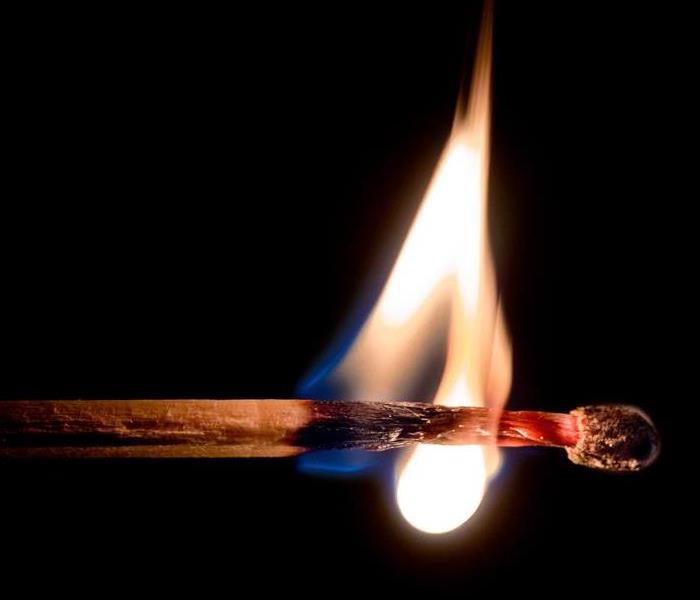Fire Detection Strategies | SERVPRO of Norristown
9/1/2021 (Permalink)
Quite possibly the main parts of battling a fire is guaranteeing that the fire is recognized from the get-go. Early discovery of fire permits building inhabitants to securely leave the structure sooner and considers a quicker reaction from fire concealment frameworks. With regards to fire identification, there are a few location strategies that are accessible to look over. The primary three types of fire discovery incorporate warmth recognition, smoke identification, and fire location.
Warmth Detection
Warmth finders are actuated when a fire happens and makes the temperature in the space rise. When the region arrives at a specific temperature, the warmth identifiers are enacted. Warmth identifiers ordinarily have less bogus cautions, yet they can set aside more effort to distinguish a fire than different types of discovery. Warmth identifiers are most appropriate for regions that are not as often as possible involved and in regions that are not appropriate for smoke identification, for example, hot, muggy, or dusty conditions.
Smoke Detection
Smoke alarms are actuated when smoke is made by a fire. There are a few sorts of smoke alarms that utilization various techniques to identify smoke.
Ionization
Ionization finders utilize radioactive material to make an electric flow between two cathodes. At the point when a fire makes smoke, the smoke upsets the ionization and makes the caution go off. This kind of smoke location might bring about bogus alerts as it very well may be set off by things like dampness. These sorts of smoke alarms work really hard of distinguishing quick consuming fires.
Photoelectric
These alerts utilize a light bar to identify smoke. At the point when smoke particles from fire get through the bar, the identifiers are initiated. This kind of finder is solid and has not many bogus cautions. Photoelectric identifiers function admirably on little seething flames.
Blend
Blend indicators utilize the innovation from both ionization and photoelectric finders to recognize both quick consuming and seething flames.
Suctioning Smoke Detectors
Suctioning smoke location is a technique for recognizing a fire from the beginning. This kind of finder tests and tests the molecule levels noticeable all around and is initiated when the degree of smoke particles transcends ordinary levels. This kind of smoke location is impervious to bogus cautions and functions admirably around delicate gear as the fire can be recognized before it can cause harm.
Fire Detection
Fire finders are utilized to distinguish a fire when flares are available. This kind of fire recognition incorporates UV finders and additionally infrared locators to distinguish a fire and trigger an alert.






 24/7 Emergency Service
24/7 Emergency Service
